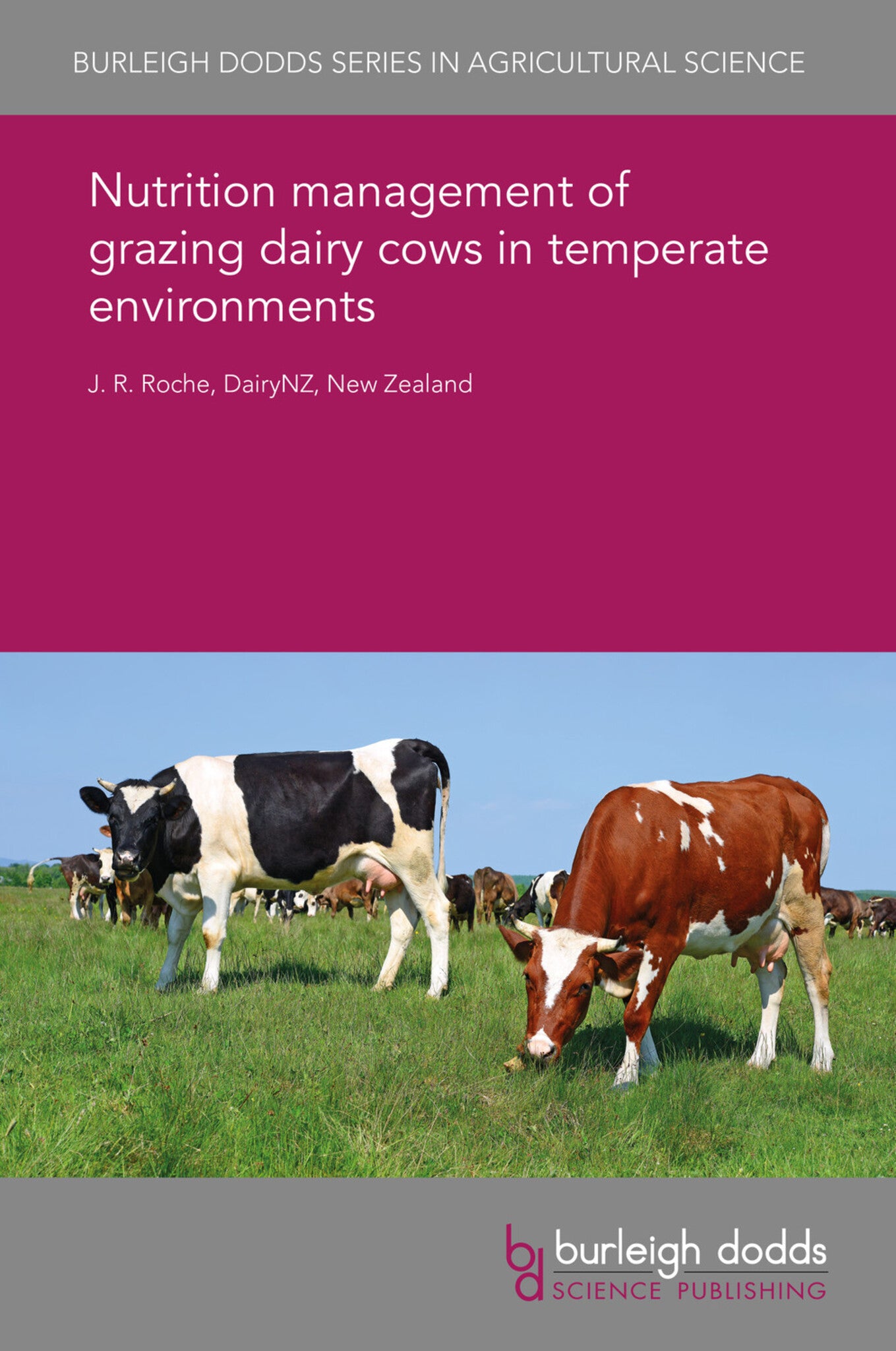We're sorry. An error has occurred
Please cancel or retry.
Nutrition management of grazing dairy cows in temperate environments

Some error occured while loading the Quick View. Please close the Quick View and try reloading the page.
Couldn't load pickup availability
- Format:
-
10 May 2017


TECHNOLOGY & ENGINEERING / Agriculture / Sustainable Agriculture, Dairy farming, TECHNOLOGY & ENGINEERING / Agriculture / Animal Husbandry, Sustainable agriculture

1 Introduction 2 Economic factors affecting grazing system design 3 Using supplementary feed to manage pasture 4 Nutrition of grazing dairy cows: pasture as a feed 5 Choosing the right supplementary feed 6 Choosing the right genetics for a grazing system 7 Supplement effects on milk production 8 Practical nutrition management on the farm 9 Conclusions and implications 10 Where to look for further information 11 References



